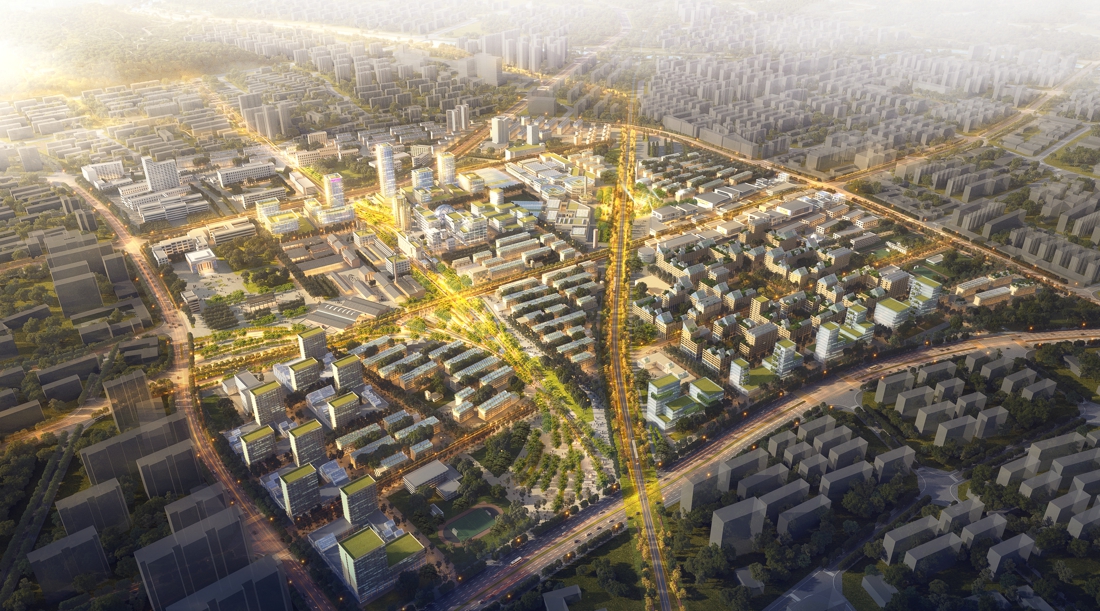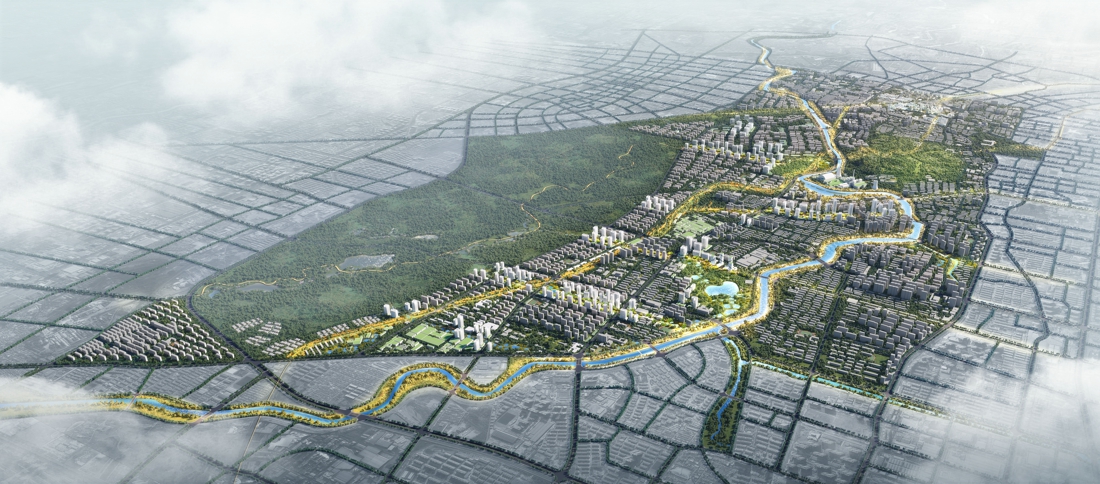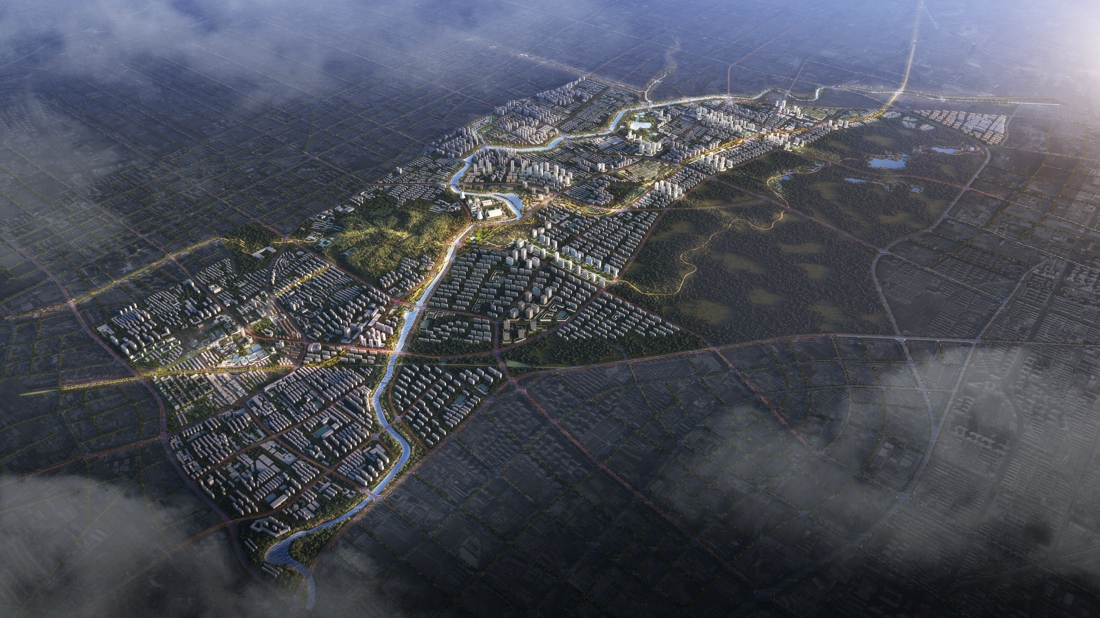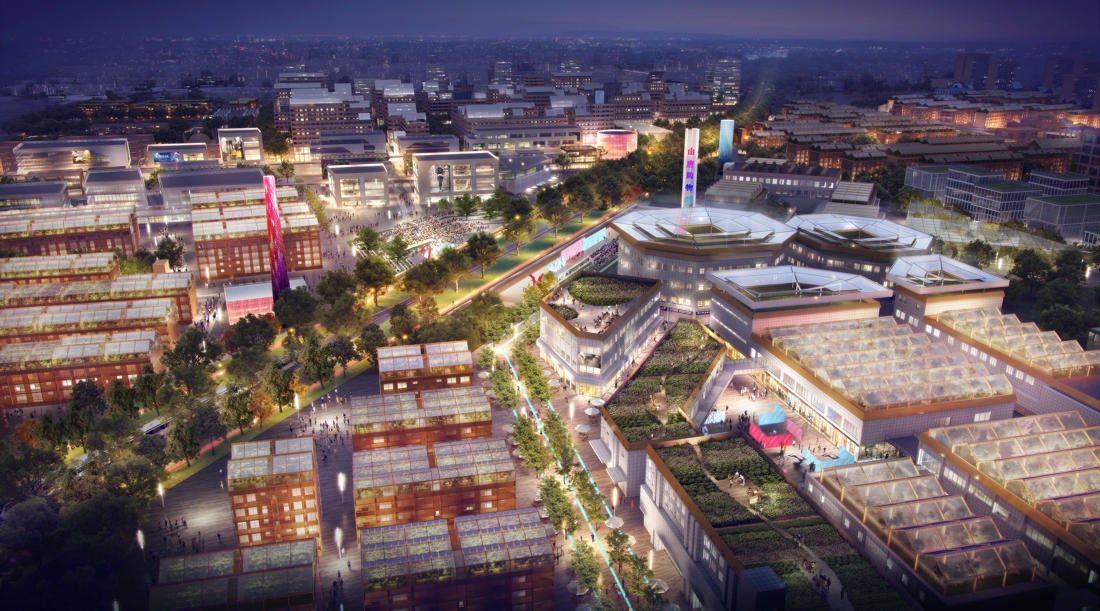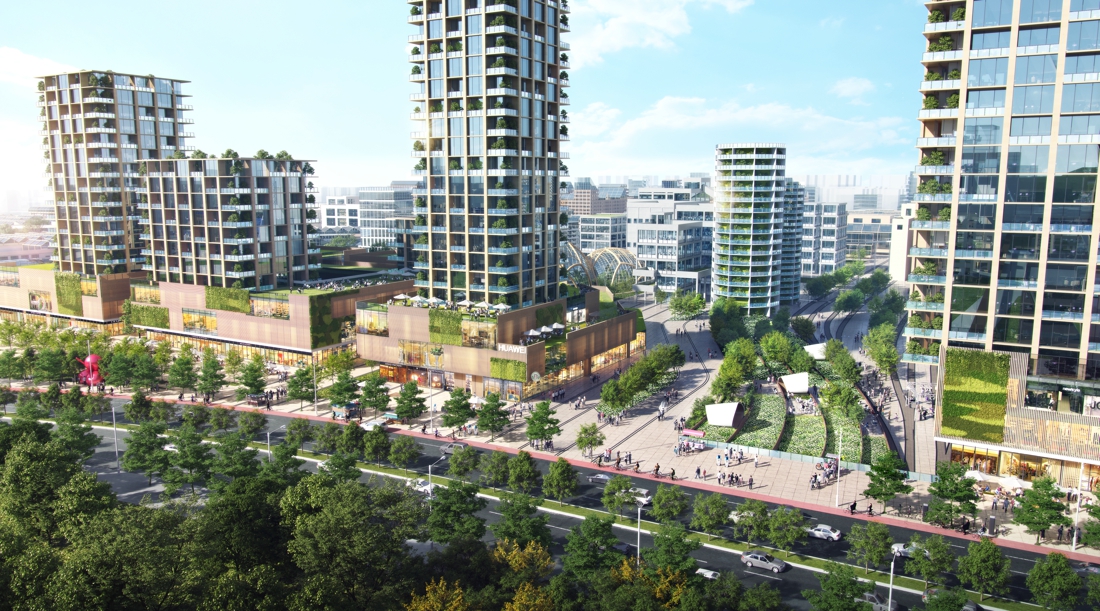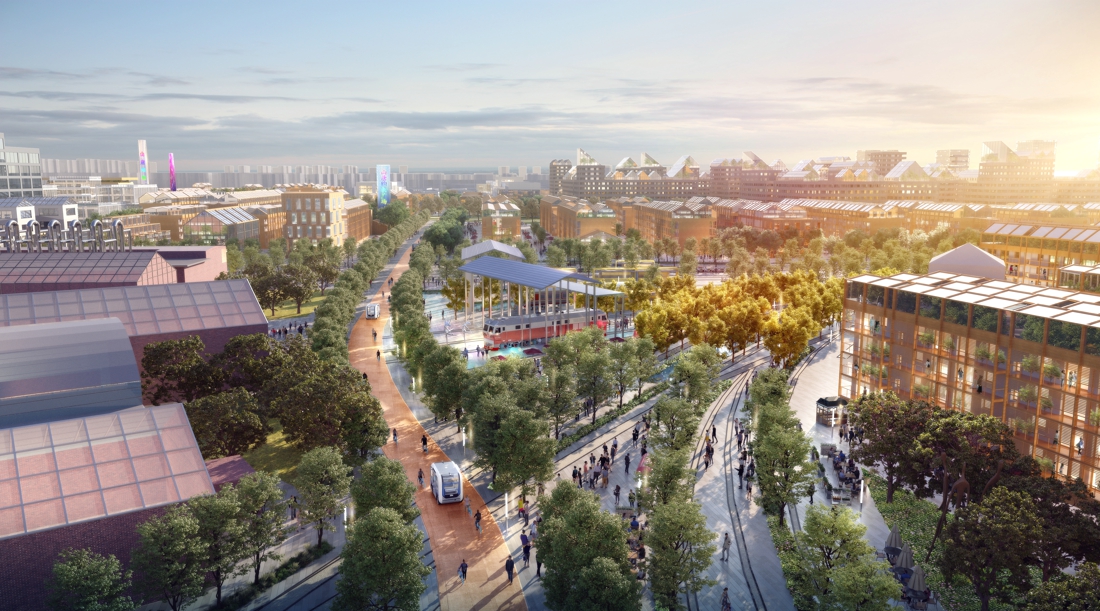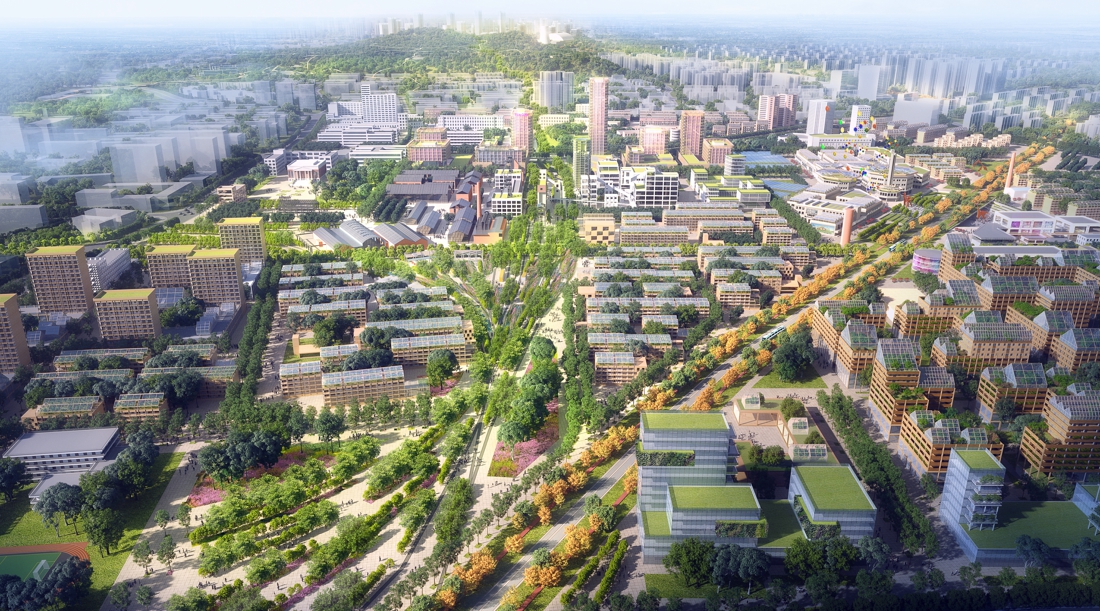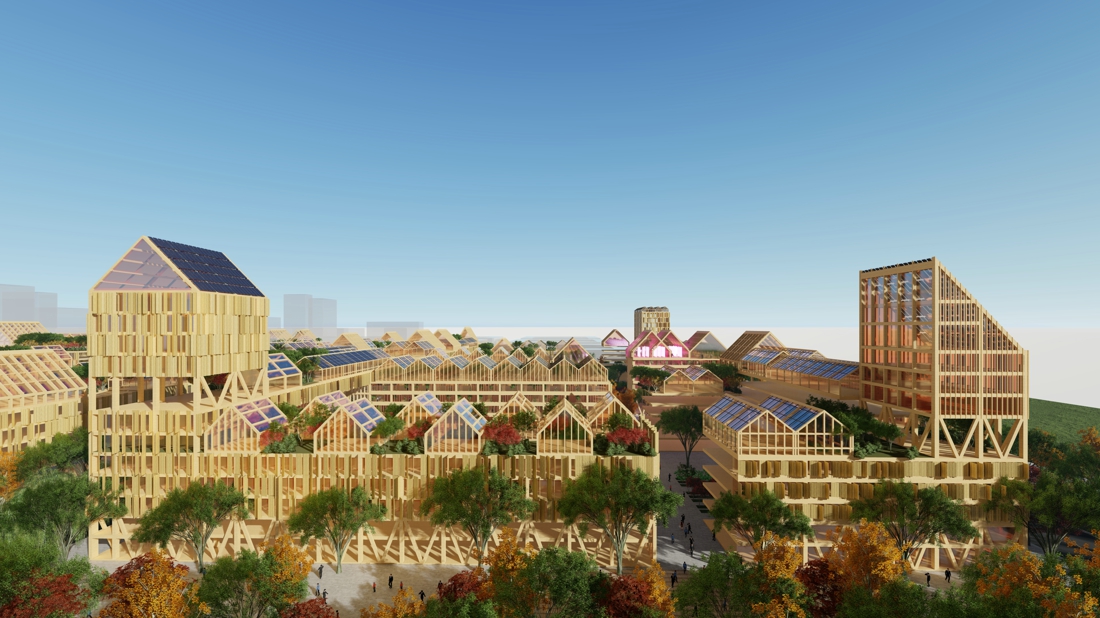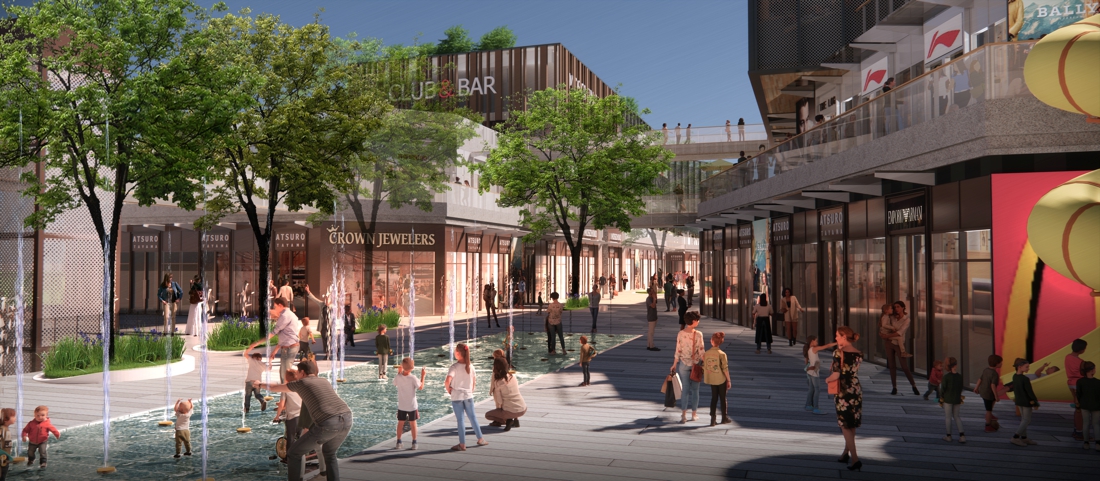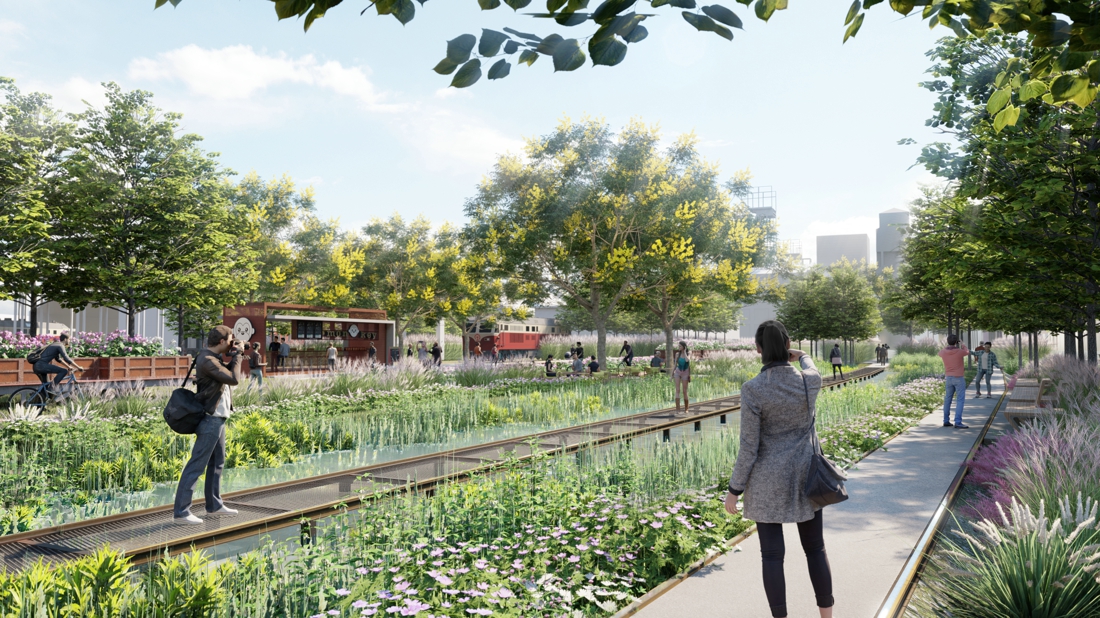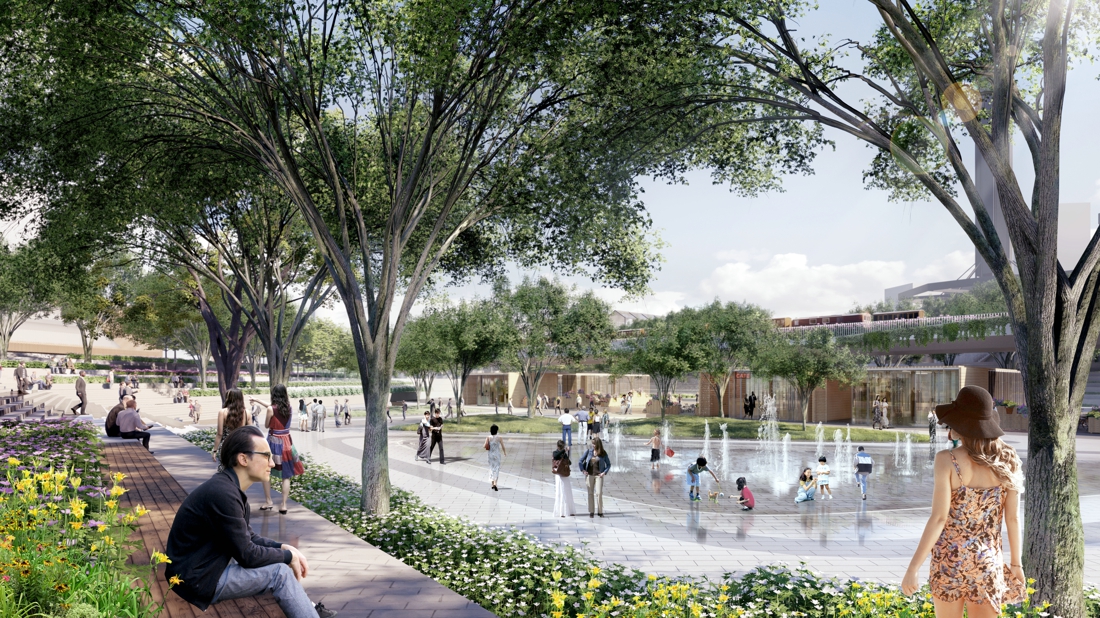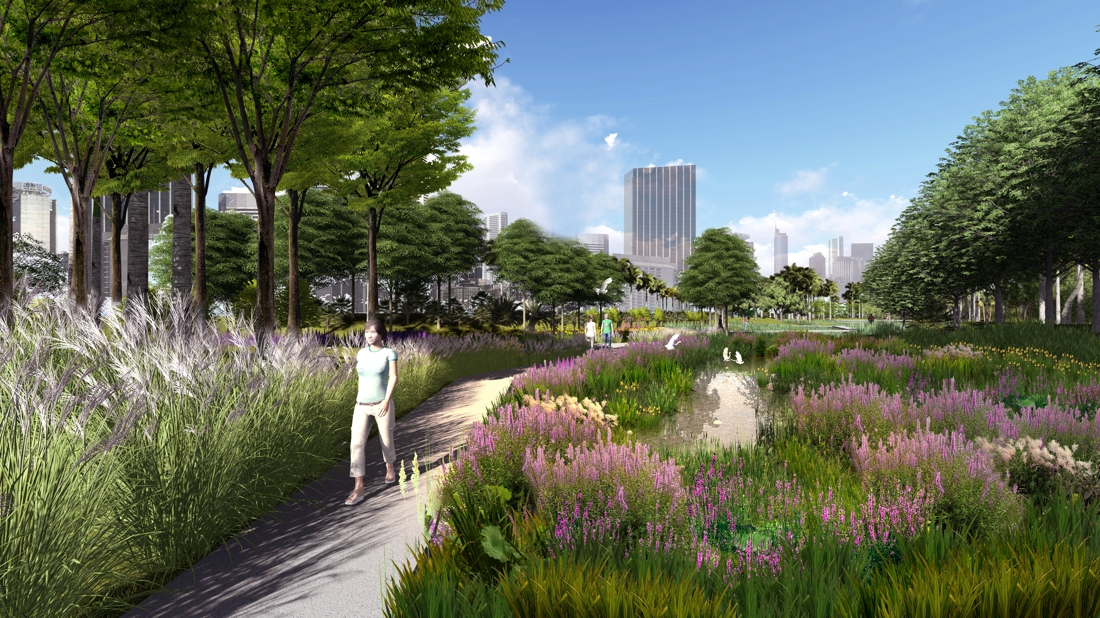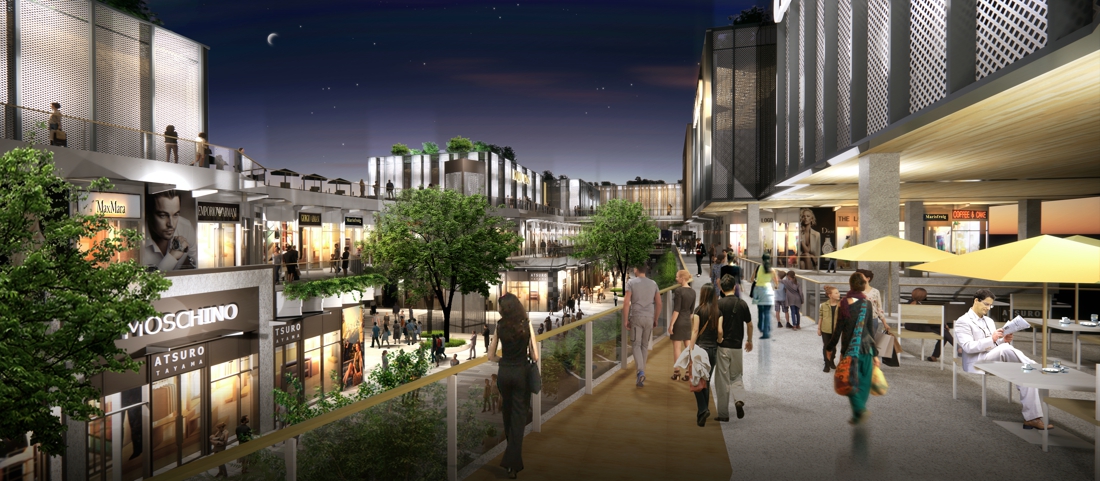Tangshan Old Town Regeneration Urban Design
Project Information
- Project Location:
- China Tangshan, Hebei
- Project Scale:
- 15.3 Square Kilometer
- Design Time:
- 2021
- Client:
- Tangshan Natural Resources and Planning Bureau
Project Profile
1. Project Statement
The place where Douhe River flows past Dacheng Mountain is the origin of Tangshan. Starting from Kailuan Coal Mine, Tangshan has rapidly developed into an important industrial base for the capital region. After the 1976 earthquake, Tangshan was reborn and rapidly expands towards the West, leaving the older city in need of a renewal. The planning area covers a fifth of the entire central city, and is the key to Tangshan’s future success.
2. Objective and Challenge
How to revitalize the origin of Tangshan and set an example for post-industrial era urban renewal?
Our goal is to start the regeneration of Tangshan’s origin of city for its people and to build a beautiful and complete city in the post-industrial era.
We put forward “Ecology + Heritage Urbanism” as the core idea of our urban renewal. It includes two layers: Ecological infrastructure network is used to connect key ecological assets such as Dou River, East Lake and South Lake, making central city more resilient environmentally. Three development belts are established to re-activate the economy, utilizing ecological and heritage resources.
3. Design Strategy
We have concluded three strategies, which includes “spatial structure renewal, tertiary industry led revitalization and improve the quality of life”:
1) Starting from the site analysis, limitation factors for the urban renewal are identified, based on heritage and safety. Comparing it with an ideal urban structure, which is formed by EI, transportation and public services networks, a viable urban structure is established. The core of the new urban structure is the blue belt, brown belt and green living network, which form the framework for urban renewal.
2) Tertiary industrial will lead the region’s economic revival, utilizing the Belts, future industrial development opportunities and landuse limitation. Tourism, leisure and supplementary commerce will be located along Dou River and Railway heritage corridors. The Culture Creative Belt follows existing railway tracks to connect all the key existing factories, which will be transformed into the centers for innovation and incubation. Education, creative culture and digital service industries will be planned around existing resources, and also key areas such as Dacheng Mountain, Kailuan and Tanggang Steel.
3) Residential functions are planned around the three development belts, through renovation and new builds. Together with sufficient public services provision, they will form new walkable communities that attract people back to the city center.
Urban Design for Core Area
The core area is the engine for the renewal process. This new type of super-block will be Tangshan’s Cultural Creative Center. The key is to create a catalogue of replicable templates, which includes an EI Network, three Core Public Spaces, a Car-free super block and Future Regenerative Urbanism. The EI Network foundation is formed by comparing the ideal structure and limitation factors. It connects the three Core Public Spaces, which expands to become the three main function zones.
The Car-free Super Block support safe and healthy lifestyle within the area and brings energy onto the streets.
The Three Development Belts converge here to form the Cultural Creative Center for the city: The history of Xiaoshan and new green development concept meet to create Xiaoshan Culture Mix, which will become a new immersive attraction in the capital region. The Kailuan Coal Mine will become a new hotspot for industrial tourism, leisure and tech-culture incubation. Renovated and newly built residential communities will be attractive to all, and form the core of Tangshan’s future urban life.
